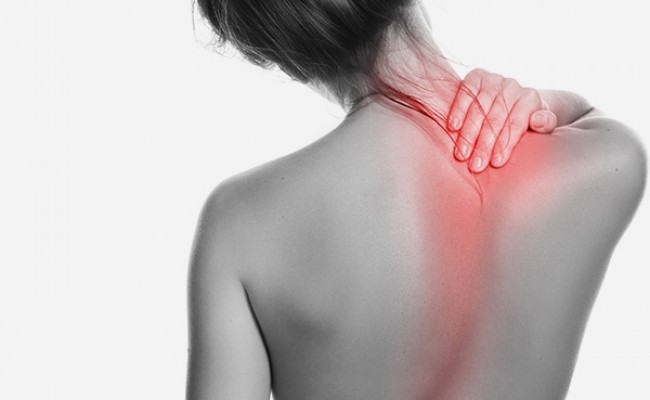
Myofascial pain
- 30/01/2023
What is myofascial pain?
Myofascial pain refers to muscle pain and/or pain at a specific point within the muscle (called a trigger point) that is believed to be related to chronic contraction or overuse of the muscle or adjacent fascia. Trigger points can be painful to the touch and can cause pain in other areas of the body due to the relationship between the muscle structures.
What causes myofascial pain?
Myofascial pain occurs when a muscle or group of muscles is in a state of chronic tension. This can be caused by:
- poor posture
- overuse
- overuse
- muscle injuries
- muscle imbalances
- emotional stress
- an underlying medical condition, such as fibromyalgia or chronic fatigue syndrome.
How is myofascial pain diagnosed?
The diagnosis of myofascial pain is based on the patient's medical history and physical examination. The doctor will look for specific painful spots called myofascial trigger points, which are points of tenderness and pain in the muscles and soft tissues that can cause pain in other areas of the body. Imaging tests, such as an MRI, are ordered to rule out other causes of pain.
It is important to note that myofascial pain can be caused or aggravated by a variety of factors, such as injury, stress, postural imbalances, and neurological disorders, so an accurate diagnosis requires a thorough evaluation.
How is myofascial pain treated?
Treatment for myofascial pain may include a combination of therapies, such as:
- Manual therapy: such as massage, stretching, and myofascial release to release tension in the muscles and soft tissues.
- Strengthening and stretching exercises: to improve flexibility and mobility of the affected muscles.
- Patient education: to help the patient understand the mechanism of their pain and how they can help manage it.
- Physical therapy: such as electrotherapy, heat or cold therapy, and electric current.
- Pharmacological therapy: such as the use of analgesics, anti-inflammatories, and muscle relaxants to relieve pain.
- Interfascial ultrasound-guided injections: placing corticosteroids and anesthetics at the level of the fascia that separates the painful muscles. These allow us to quickly reduce pain and inflammation.
- Alternative treatments: such as acupuncture, osteopathic therapy, chiropractic care, massage therapy, among others.
It is important to note that treatment for myofascial pain can vary depending on the underlying cause and the severity of symptoms.
Make an appointment with Dr. Jordi Jiménez. He will see you in the center of Palma and help you regain your quality of life.

![[VIDEO] Ultrasound-Guided Injection for Trigger Finger](https://drjordijimenez.com/imagen/100/100/Imagenes/infiltracion-ecoguidada-dedo-resorte-drjordijimenez.jpg)
![[VIDEO] Ultrasound-guided infiltration of the lumbar facets](https://drjordijimenez.com/imagen/100/100/imagenes-pagina/sindrome-facetario-lumbar-drjordijimenez (1).jpg)
![[VIDEO] Ultrasound-guided infiltration of the hip joint](https://drjordijimenez.com/imagen/100/100/Imagenes/valgo-dinamico-rodilla-drjordijimenez.jpg)